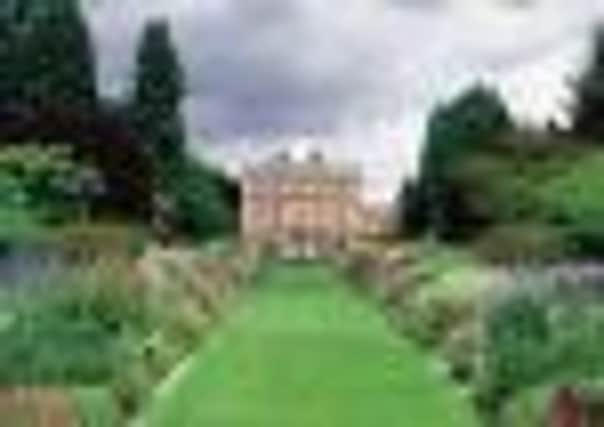Six of the best can’t do justice to Yorkshire


A lovely breeze-block sized book by the historian John Julius Norwich has landed on my desk just in time for Christmas; it’s called A History of England in 100 Places and it does what it says on the tin.
Or it almost does.
The 100 places range widely in scope and size and historical perspective, from the mouth of the Channel Tunnel in Kent to Stonehenge in Wiltshire, taking in the blue plaque on Margaret Thatcher’s birthplace in Grantham and the Tolpuddle Martyrs’ Tree in Dorset on the way.
Advertisement
Hide AdAdvertisement
Hide AdThere’s no doubt that Mr Norwich is a genial, knowledgeable and opinionated guide; the kind of chap you’d like to be sitting next to on a train if it was held up due to cable theft; he’d be able to wax lyrical on the view out of the window, particularly if you were near Chedworth Roman Villa in Gloucestershire or Tattenham Corner in Surrey, two more of the 100.
As soon as I opened the book I began scanning it for historical places from The White Rose county and I was a little disappointed. In the whole of the 100 places that encompass the entire sweep of English History, I could only find (sit down while you read this) six examples from Yorkshire.
Six! That’s less than ten percent: it’s only four more than Lincolnshire! Admittedly Lancashire only got one, so we have to be grateful for small mercies, but six? It’s also true that Yorkshire is second only to London in the percentage of sites it’s got, but I’m still amazed.
The six are: The Captain Cook Memorial Museum in Whitby, Fountains Abbey, The Merchant Adventurers’ Hall in York, Newby Hall, Towton Cross and the Wilberforce House Museum in Hull. Fine places, all of them, and Norwich draws you in to each one, his sentences and cadences breathing life into the past. On Fountains Abbey he writes: “Here, surely are the most sublimely beautiful ruins to be found anywhere in Europe, which is to say anywhere in the World. They stand romantically in a secret, densely-wooded valley, and their setting has been still further improved – it could so easily have been destroyed – by the attentions of an inspired eighteenth-century landscape gardener working for John Aisable, owner of the Studley Royal estate nearby”.
Advertisement
Hide AdAdvertisement
Hide AdThat prose is typical of Norwich; it’s crammed with information, opinion, and a kind of poetry that helps you to really understand the place.
Which is all very well but I came away from the book, as many readers will, wanting to make my own list, which is perhaps part of the point. Those six Yorkshire examples haunted me, so I started to write down a few of the others that should have made it. Here’s a couple:
The George Hotel, Huddersfield: This was the birthplace of Rugby League in 1895. At an historic meeting in August of that year a group of blokes voted by a majority of 20-1 to secede from the Rugby Football Union and form their own which eventually, in 1922, became The Rugby Football League. The setting of the George is magnificent as you tumble out of the station past the Harold Wilson statue in a scrum of passengers off the Leeds train and its importance as a site in England’s history can’t be overestimated. After all, if they hadn’t had that meeting in that hotel we’d never have had the sport of kings; we’d merely have had the sport of collapsing scrums, endless mauls and off-key singing in the shower. Unthinkable.
Morrison’s Supermarket, Cortonwood: There’s a history lesson here in the aisles as you grab your frozen peas and your lettuce. The Morrison’s and the other stores that are part of this development are built on the site of Cortonwood pit, one of the mines whose threatened closure sparked off the year-long strike of 1984/85. There’s something heartbreaking and ironic about a palace of free enterprise being contructed on a site of bitter class struggle. My gaze is often drawn, as I walk by the café with my trolley, to the old photograph of the pit after nationalisation. We are the Masters Now. With beans on special offer.
Advertisement
Hide AdAdvertisement
Hide AdThat’s two more. And every reader will have their favourite: The Old Golf Balls at Fylingdales Moor, telling their tale of national and international security; that stretch of road near Halifax where Percy Shaw had the brainwave that led to cats’ eyes and greater safety; the Newcomen-type beam engine in Elsecar near Barnsley, a fulcrum of the Industrial Revolution.
And that’s just the start. Time for a sequel, I reckon.
A History of England in 100 Places by John Julius Norwich published by John Murray.